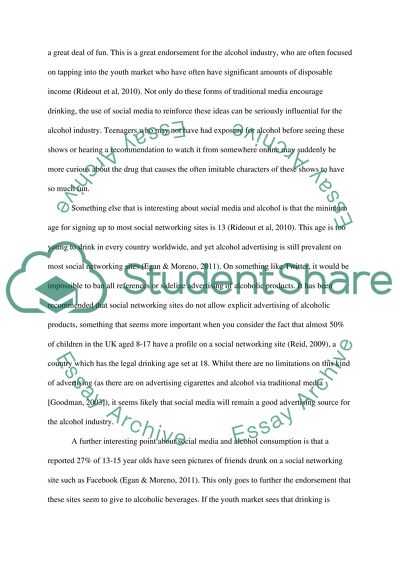Cite this document
(“Why are social media good for the alcohol industry Essay”, n.d.)
Why are social media good for the alcohol industry Essay. Retrieved from https://studentshare.org/journalism-communication/1434629-short-essay-on-youth-media-unit-
Why are social media good for the alcohol industry Essay. Retrieved from https://studentshare.org/journalism-communication/1434629-short-essay-on-youth-media-unit-
(Why Are Social Media Good for the Alcohol Industry Essay)
Why Are Social Media Good for the Alcohol Industry Essay. https://studentshare.org/journalism-communication/1434629-short-essay-on-youth-media-unit-.
Why Are Social Media Good for the Alcohol Industry Essay. https://studentshare.org/journalism-communication/1434629-short-essay-on-youth-media-unit-.
“Why Are Social Media Good for the Alcohol Industry Essay”, n.d. https://studentshare.org/journalism-communication/1434629-short-essay-on-youth-media-unit-.


